12 Common Myths About Graphic Designers
The profession of graphic design has evolved from being a mere passion-driven work to a highly sophisticated business. The term ‘graphic design’ was coined by the famous illustrator William Dwiggins way back in 1920. He used this term to describe the whole ambit of activities he used to undertake like printed communications, book design, lettering, and calligraphy. By the early 1950s, this term had become a common phrase. The Mad Men era of New York helped in transcending this term into a full-fledged profession. With the advent of technology, this profession has undergone a drastic change.
The introduction of the digital world has opened up tons of opportunities. Today, we see well-designed, visually appealing content almost everywhere; be it newspapers, magazines, billboards, websites, mobile applications, or social media.
But still, there exists an enigma in this field. Not everyone can comprehend what graphic designers do or how they go about making such beautiful creations. Following are some of the common myths about graphic designers:
1. Graphic designing is an art:

This is not incorrect, graphic design is indeed an art, and the designers are indeed artists. But graphic design is not just art; there is more to it. It can be better put that graphic design is a science. It is where art meets technology. Graphic designers are not painters or sketchers that would start working based on their inherent art skills. Instead, they are storytellers from a more visual perspective. The requirements of each project are specific in terms of the level of creativity, output medium and size, and amount of time investment. It cannot be ad hoc like a painting or a sculpture. The graphic designers provide the exactly needed output. There is a well-defined process in this industry, be it print or digital world. There are many tools, applications, and other supporting mechanisms in place to assist the designers. At the same time, inherent creativity always comes from within the designer. So it should be noted that Graphic designing is a mixture of art and science.
2. Graphic design only uses still images:
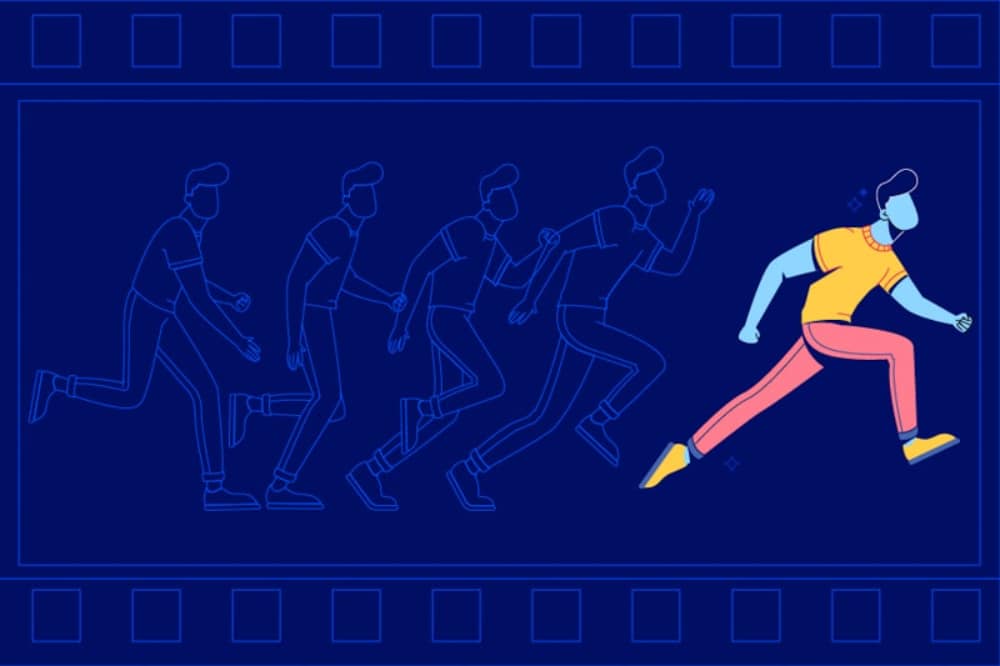
One cannot blame people for this myth. Majority of the work that a graphic designer does deals with static images. Because this term had initially been associated with print media, it is hard to imagine motion pictures being a part of graphic design. But since the last few years, this has changed drastically. Graphic designers are making extensive use of moving images. The GIF format has been entirely in trend given how interestingly it can convey the message. With better internet speeds and the penetration of mobile devices, videos are starting to become a more preferred mode of communication. To tackle this, Graphic designers are starting to innovate with moving images. Videos made out of still photos with smooth transitions are something a lot of brands have started using. Apart from this, graphic designers have to work with moving images when designing websites and applications.
3. Graphic designing is an easy task:
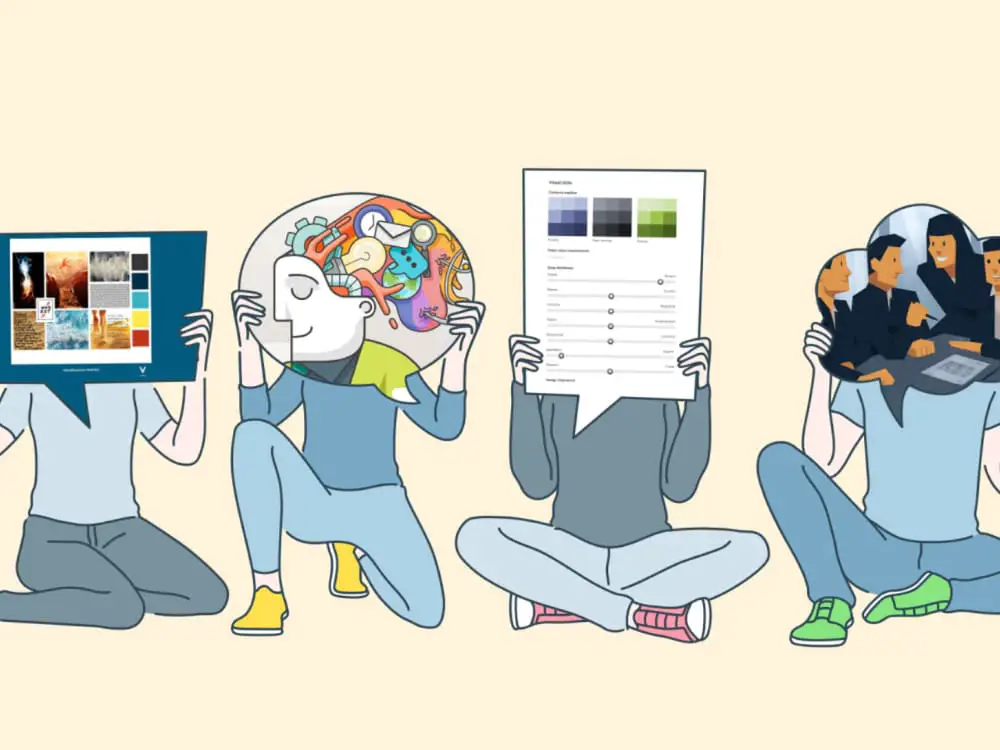
One of the most common and most demeaning myths about graphic designers is that their job is easy. All they have to do is set things together and give one graphic. The reality is very different. Graphic designers serve at the mercy of the clients. They are given a brief about the project. Most of the time, this brief is very vague. The majority of the clients give a concise time frame and also a meager budget. The designer has to work on these and still produce the best quality work. Another problem is that because clients think that the task is easy, they keep asking for options. If the designer provides 5 logo options, even then, they would want 3 extra options. The worst happens when the client changes the brief in the middle of the project. The designer has to brainstorm how best to create a strong visual impression and then translate it into a graphic.
4. Graphic design is a cheap job:

All graphic designers are going to agree to this. Right from the start, graphic designers are considered to be auxiliary team members, and graphic designing is considered a support task. This reduced respect has translated into reduced monetary value for graphic designers. Now that the times have changed and the world has truly realized the potential of graphic designing, then the number of graphic designers has exploded. Anyone with a decent internet connection and a cracked version of Photoshop claims to be a graphic designer today. And these amateurs are ready to freelance for throwaway prices, thereby giving a conception that graphic designing is a cheap job. But the truth is that there are masses who spend a lot of money on this and design agencies who also make a lot of money. There is money in graphic designing if you have the skills and creativity.
5. You need fancy tools for graphic design:
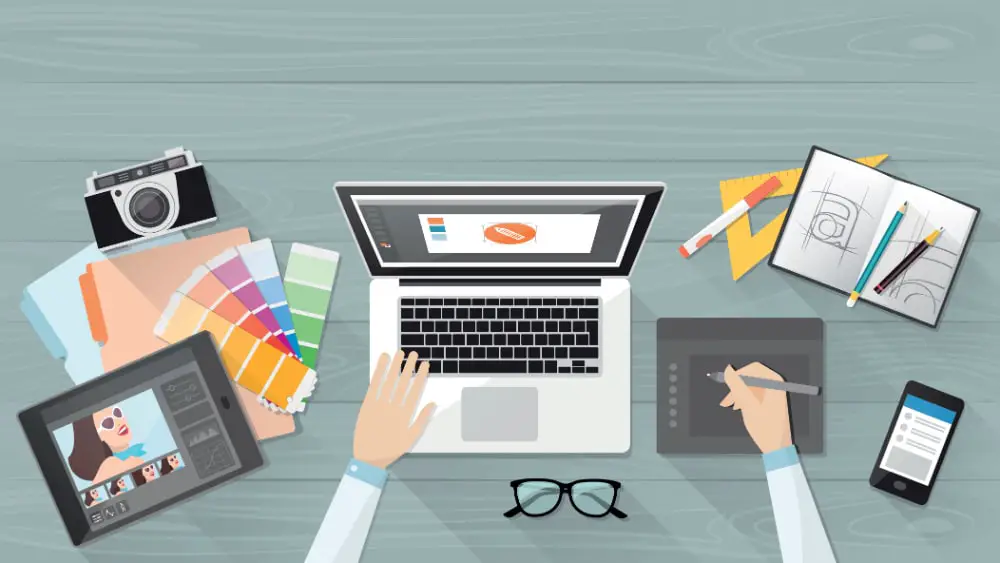
People who are not closely associated with graphic design think that one needs fancy tools and applications for designing. The truth is that most of the design happens on paper. It is the ideation part that is most important. Only when the designer is convinced that he or she translates it into a design using any software. Before the digital era, most of the design was done by hand. Stencils were used to get more precise results. Today, the designers make use of applications like Corel, Adobe Suite, and other software. Some of these may be termed fancy, but the majority of them are simple. Anyone can learn them with a bit of patience and persistent practice. Also, once you get better with your designs, you get promoted as a visualizer wherein you need not use all the software. Just use your creativity and visualize the design.
6. You need to be a natural-born creative to do graphic design:
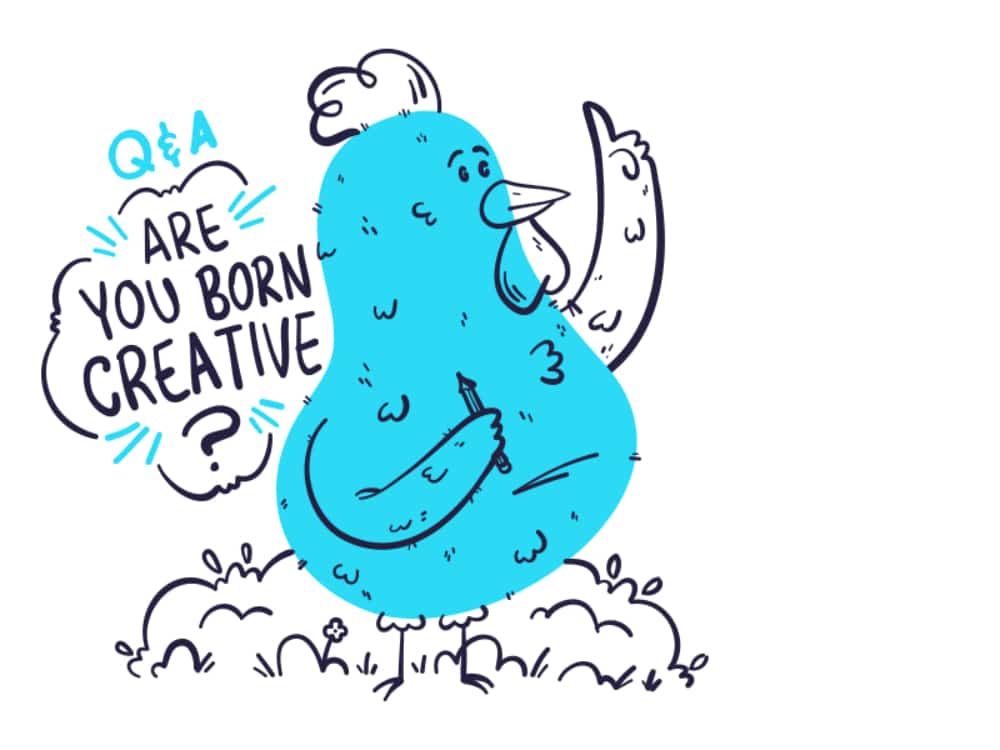
Creativity plays a vital role in graphic design. But one need not be a ‘natural-born creative. Talent comes from birth, which is needed for being a painter, sculptor, or artist. But for graphic design, you need good skills. Skills are something that you pick up over some time. The more you practice, and more you explore the different aspects of graphic design, the more you get better at it. To be a better designer, you need to be open to learning new things. This can be done by keeping one updated about the latest trends and developments in this sector. So even if you are not born with an overdose of creativity, you can still get into this field and excel.
7. Graphic designers keep following visual trends:

Just like in all visual fields, trends come and go in graphic designing too. But graphic designers are not slaves to these trends. Instead, they try to figure out how best to utilize the trend and create beautiful graphics. Every year the trends keep changing. In 2020, pastel colors and brushes were in trend. In 2021 we are witnessing more warm gradients and strong fonts. Even in graphic design, there are different trends in color pairing, fonts, background elements, website designs, etc. Keeping in mind the trends is essential, but at the same time, designers adapt to the trend and more than often create their own trends.
8. The objective of graphic designing is to make things pretty:

This is yet another absurd myth that a lot of graphic designers come across. Graphic designers’ sole job is not to make everything look pleasant and aesthetically appealing. The very term ‘pretty’ is highly subjective. What may look good to someone may not be that impressive to someone else. Each design has its own set of requirements and the designer has to work based on that. For women’s perfume brands, one has to use pink colors along with cursive fonts. The same designer will have a different approach when designing for a men’s gym club. It will be black, bold, and with a strong typeface. So graphic designers deliver as per the project requirement which may not necessarily be ‘pretty.
9. Graphic design is about what the creator thinks looks good:

An unfortunate reality of graphic designing is that designers do not always get to design the way they want. There are many times when the final output is not what they desired and also not their best work. This is because they have to cater to the clients. They need to adhere to the guidelines the clients provide throughout the project and then the final feedback. A few designers get their way through clients, but it’s a heartbreaking story for the rest of them as the client may undermine your creative inputs and impose their own. Because of digital designing, the client knows that they can keep giving reiterations to see how things look from their perspective. What can follow is a series of mind-boggling changes, which takes the final design far away from what the designer had in mind.
10. Graphic designers always create 100% original designs:

This myth is innocent but false. Just like coders, designers also rely a lot on stock resources for getting their designs accomplished. The visualization will always be original, but one may not start from scratch to achieve that visualization. This again depends on what the project is. For designs like a logo or brand identity, it is preferred that designers start from scratch. This gives a fresh feel to the project and makes the output exclusive. For other projects like web banners, digital marketing, and other print-ready material, the designers prefer to use resources from websites like Freepik, Shutterstock, Unsplash, etc. This ready-made material saves a lot of time and energy. Interestingly, a new economy of selling such stock, semi-ready designs is emerging with many takers.
11. Simpler designs should cost less:

An irritating argument that many clients make, especially when releasing payments, is that the design has very few elements and should cost less. This is highly absurd. A design is a design as a whole and cannot be viewed as the count of elements in it. It is the discretion of the designer to use as few or as many design elements that are needed. By this argument, the designers creating minimalistic designs would be going bankrupt. These myths are propagated by people who have absolutely no idea of how a graphic designer works. Clients also claim the birthright of getting infinite iterations done. They think it is easy to make changes in any design. They do not realize how much effort goes into even a simple color change in the design.
12. You don’t need a degree in graphic design:
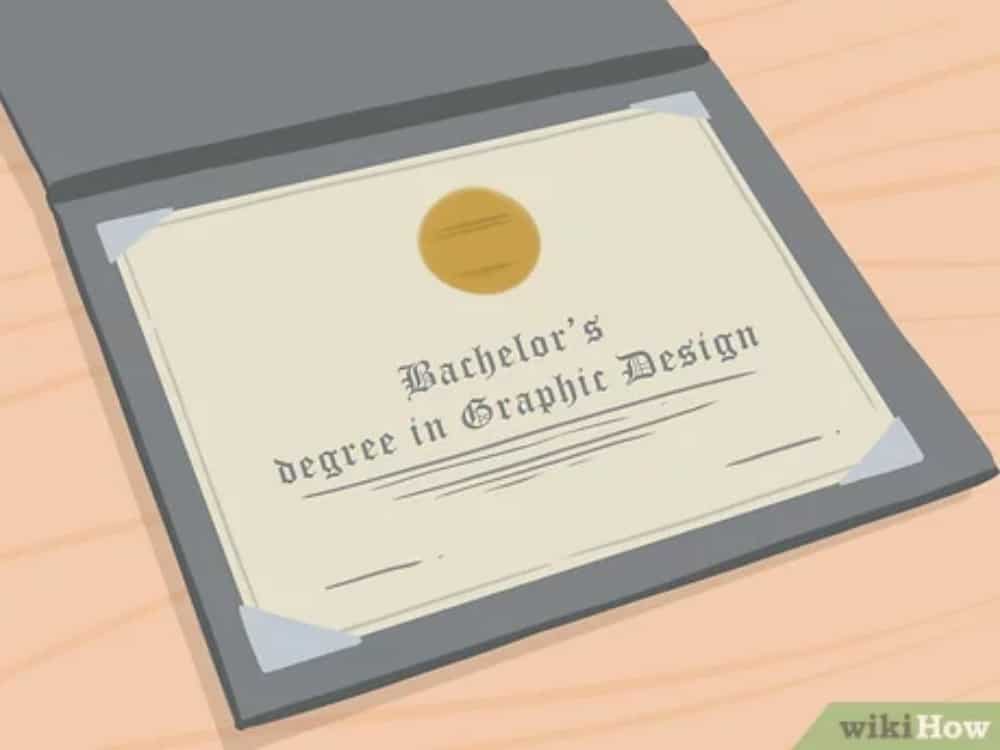
To some extent, this argument holds true that not all graphic designers have earned an education degree in this. But those were olden days when graphic design was not taught as a subject. There were a lot of people who used to study arts and then shift to graphic designing. But today, the times have changed. Graphic designing is taught as a subject in some of the most prestigious universities globally, like Stanford, Yale, UPenn, UCLA, Oxford, etc. This goes out to show how important this subject has become. Also, there are a lot of online courses available which teach people graphic designing. Studying this subject definitely helps as one gets to understand the basics of designing. This structured approach of learning is preferred by many people compared to the learning by experience model.
Graphic designers continue to carve their place in the industry today also to earn the respect they deserve. With social media and the fluidity of information, the majority of the old myths have been shattered. However, some of the myths mentioned above still exist, and graphic designers across the globe have a hard time overcoming them.